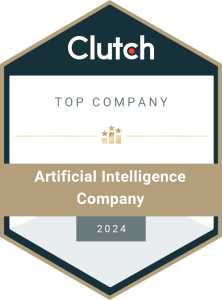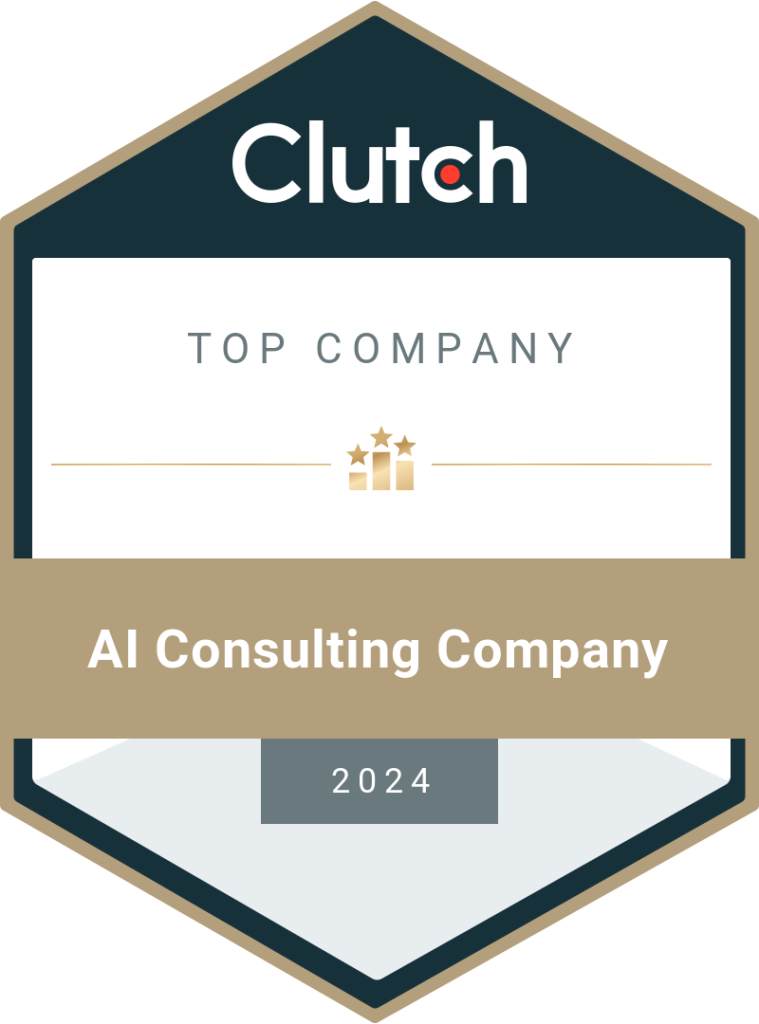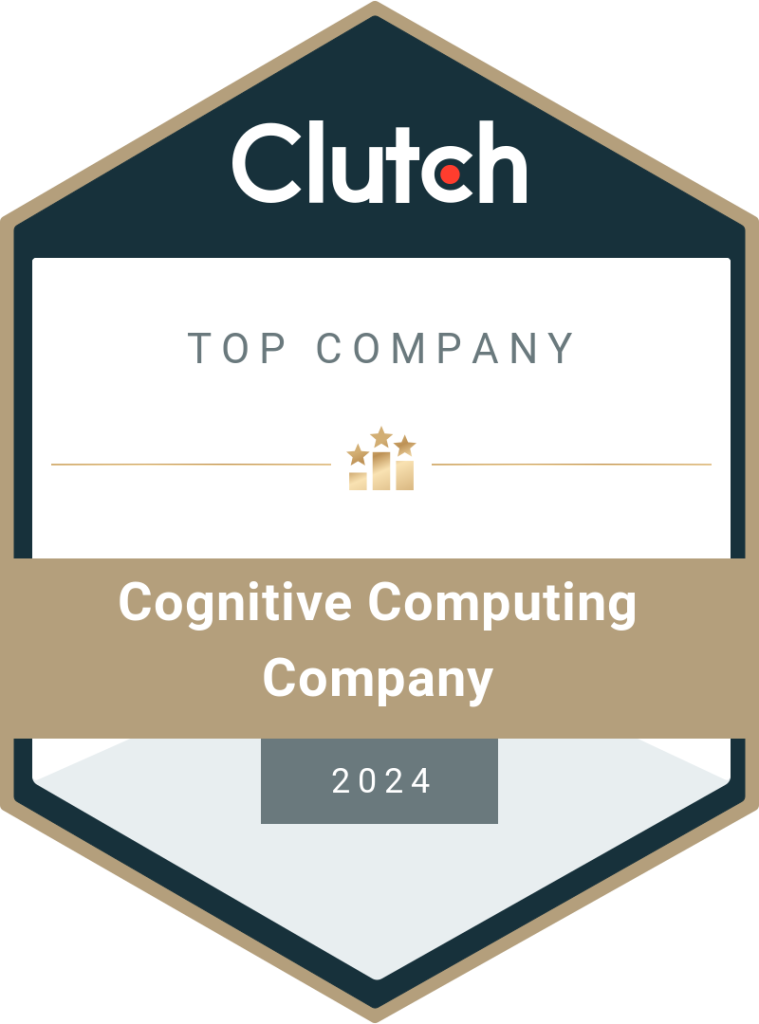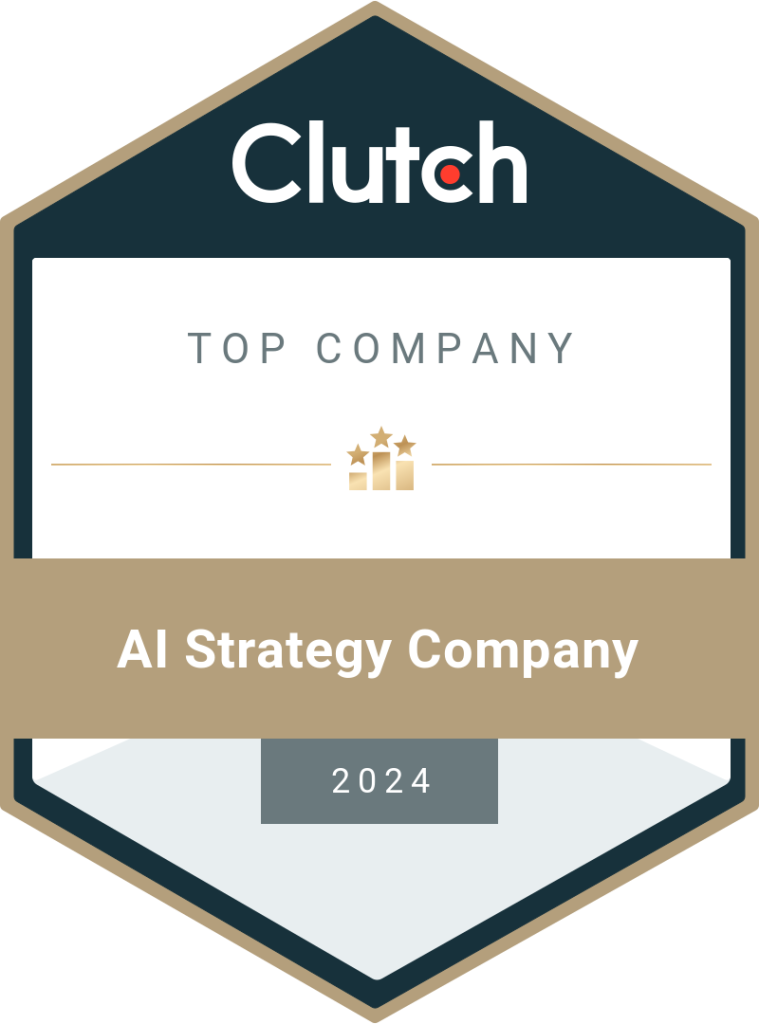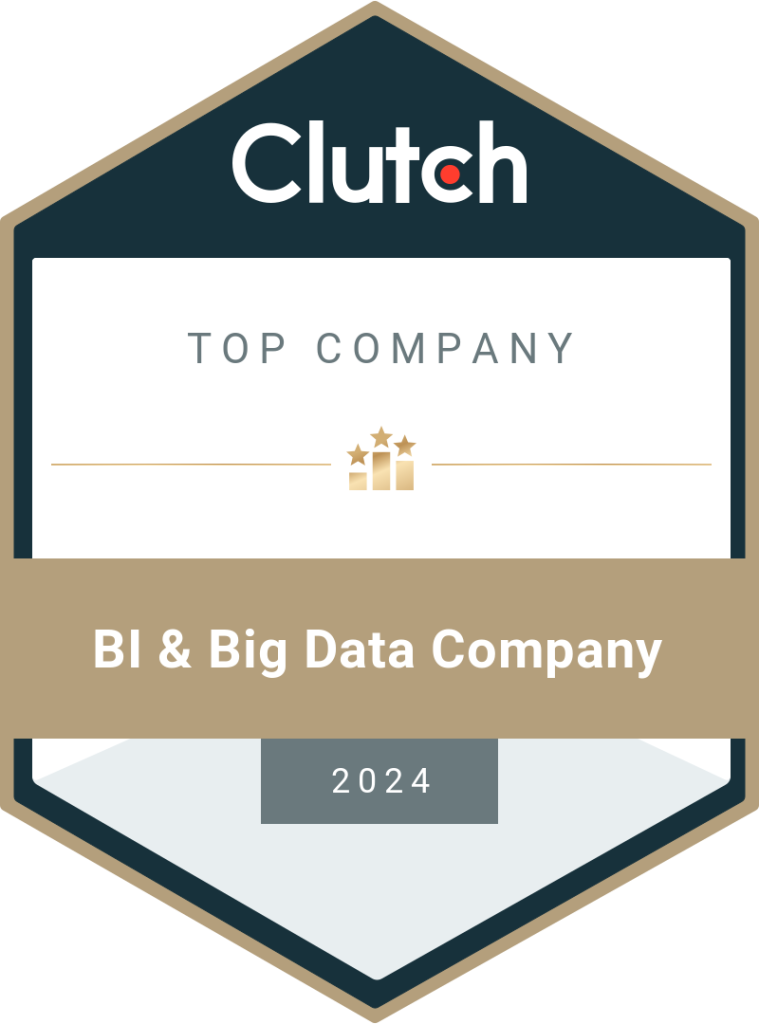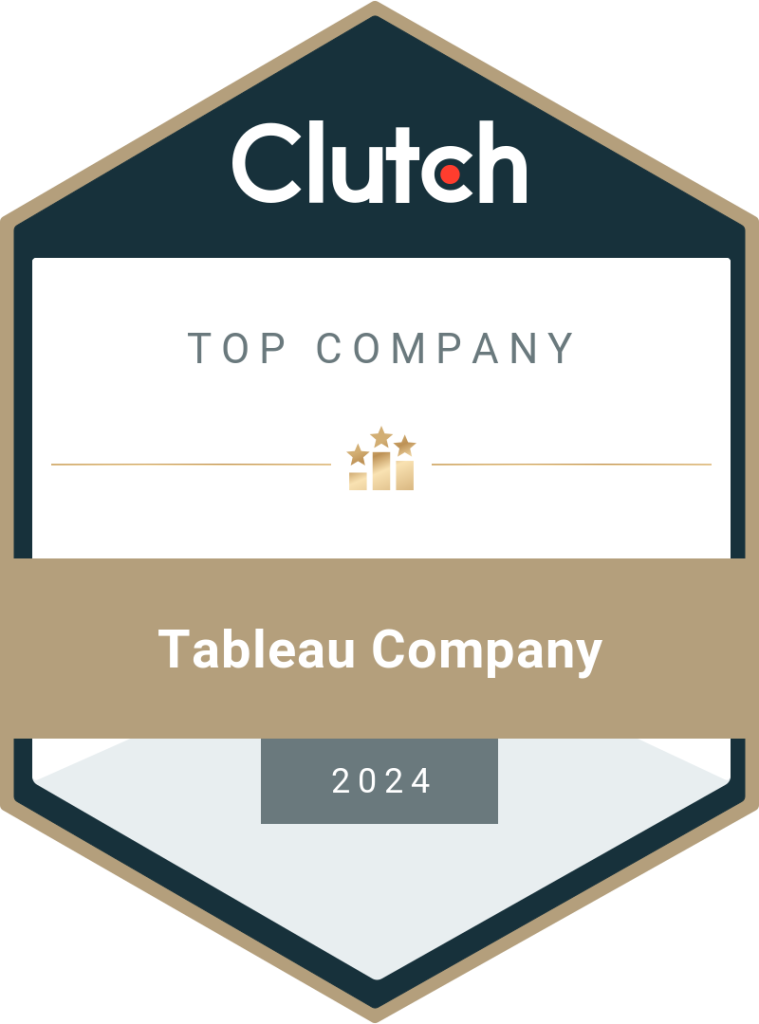5 Top MLOps Staff Outsourcing Companies to Partner With
MLOps is a powerful solution for effectively managing AI and ML models. It streamlines and standardizes the processes. Businesses can achieve their goals by hiring MLOps teams through staffing companies. Here, we’ll discuss the top MLOps staff outsourcing companies to partner with. MLOps stands for Machine Learning Operations, which is the core of ML functioning. It streamlines the process of creating ML models, deploying them in different environments, monitoring their performance, and maintaining the models over time to ensure seamless results. MLOps teams include data scientists, DevOps engineers, and information technology engineers who collaborate to keep the cycle running. The teams speed up the development and deployment of AI models in an enterprise through continuous integration and deployment (CI/CD), validation, and governance. According to a survey conducted with 200 US-based ML decision-makers, 86% of the businesses struggled with effectively utilizing ML to increase the commercial value of their establishments. Similarly, 71% said they were failing at creating value or generating revenue through large-scale ML models. The study also showed that 85% of the organizations had dedicated budgets for MLOps in 2022. This is a reflection of the growing demand for MLOps teams in the global market. However, a lack of in-house talent can lead to an increase in challenges and risk. These can be averted by partnering with MLOPs staffing companies to hire a team to work with your business or outsource the project to experts. In this blog, we’ll read more about MLOPs staff outsourcing companies to partner with. Is MLOps in Demand? According to a report by MarketsandMarkets, the MLOps market is expected to reach $5.9 billion by 2027 at a CAGR (Compound Annual Growth Rate) of 41%. The scalability and monitoring ability of MLOps has increased the demand for it across the globe. MLOps is also useful to standardize the ML processes, save time, reduce the risk of errors, and optimize resources. Based on a report released by Reportlinker.com, the global Machine Learning Model Operationalization Management (MLOps) market is projected to touch $8.5 billion by 2028 with a CAGR of 38.9%. Both reports prove that there is a high demand for MLOps, which will continue to increase in the coming years. Top MLOps Staff Outsourcing Companies to Consider DataToBiz DataToBiz is a reputed data engineering company offering one-stop MLOps staff outsourcing services to SMBs and large enterprises from around the world. The company has a talent pool with certified data analysts, data scientists, AI engineers, ML engineers, DevOps specialists, PowerBI/ Tableau developers, etc., to provide comprehensive end-to-end MLOps solutions. It is also a staff augmentation and outsourcing company specializing in MLOps development, big data analytics, BI, AI, ML, NLP, and LLM deployment based on clients’ requirements. Businesses looking to scale their MLOps teams can partner with DataToBiz to bridge the gap and gain access to expert ML engineers. The company helps save overhead costs and minimize expenses by streamlining business operations through temporary and remote teams. Organizations can choose a dedicated development team to work with their employees and seamlessly blend into the existing work culture. DataToBiz offers project-based staffing solutions to ensure timely deliveries and guaranteed results. It also has an ongoing feedback loop to promote continuous communication and collaboration. Unibrix Unibrix is a dedicated software development team that helps businesses find the best IT specialists for their requirements. It creates direct communications between the experts and enterprises to prevent the need for intermediaries. The company also provides customized packages to suit the varied needs of different businesses. Unibrix is a Poland-based IT staffing company with over 50 partners from several industries. It handles backend web development, DevOps, MLOps platforms, front-end mobile development, and cross-platform mobile development for small, medium, and large organizations in different continents. It provides complete transparency and high flexibility to build short-term and long-term teams for MLOps. SofterMii SofterMii is a US-based software development service provider with many certifications from IBM, AWS, Microsoft, Google, etc. The company mainly works with businesses from industries like real estate, communications, healthcare, and FinTech. It guarantees a 15% deviation in time and scope for the project delivery and provides continuous maintenance and support services to clients. SofterMii has flexible cooperation models for businesses to hire MLOps teams at various stages of development. An enterprise can extend an existing team or hand over the project to a new team. The company also takes care of the early stages of the project, such as conducting market analysis, creating strategies, and so on. It provides full-cycle software development, DevOps, cloud solutions, cybersecurity, webRTC development, and many other services necessary for an enterprise to stay competitive in today’s world. InfuseAI InfuseAI builds MLOps tools to help organizations streamline their ML projects. The company has developed an open-source MLOps platform called PrimeHub for businesses to build, deploy, and scale ML models. It provides IT leaders and data scientists for clients to adopt new AI and ML models and customize them accordingly. It works with establishments from different industries like healthcare, IT, construction, etc. InfuseAI offers AI-based SaaS solutions, making it quick and easy to adopt artificial intelligence and machine learning applications while saving costs up to 30%. The company’s MLOps tool can be trained and used online in just an hour. It provides a one-click installation to save time and minimize the risk of errors. The company optimizes data workflows and increases data observability, allowing the client’s in-house teams to focus on their core jobs. OpenGeeksLab OpenGeeksLab is an innovative service provider with 65+ experts from different domains and specializations. The company helps businesses scale their software products, applications, and models to gain a competitive edge in the market. Its engineers and developers are located in different countries and continents, making it easier to cater to a large and diverse client base. The company provides services to clients from the blockchain, healthcare, FinTech, and supply chain industries. It specializes in many IT technologies and has vast experience in software development. The company effectively handles the MLOps pipeline to deliver the promised results to the clients. OpenGeekLabs provides dedicated teams and staff
Read More